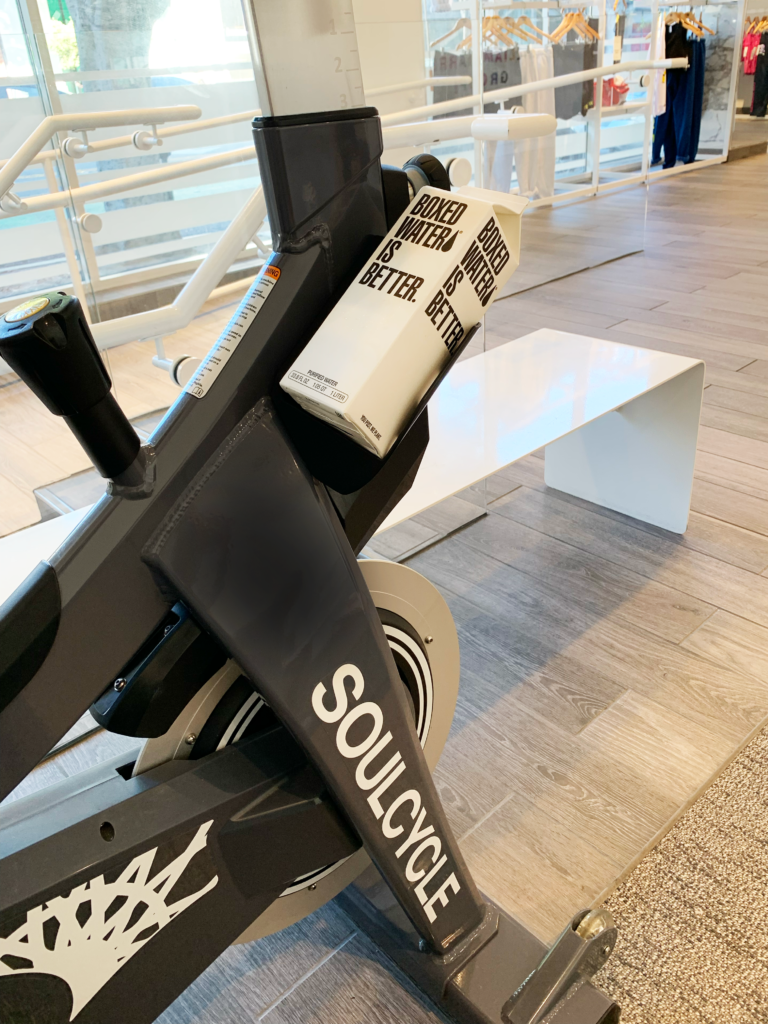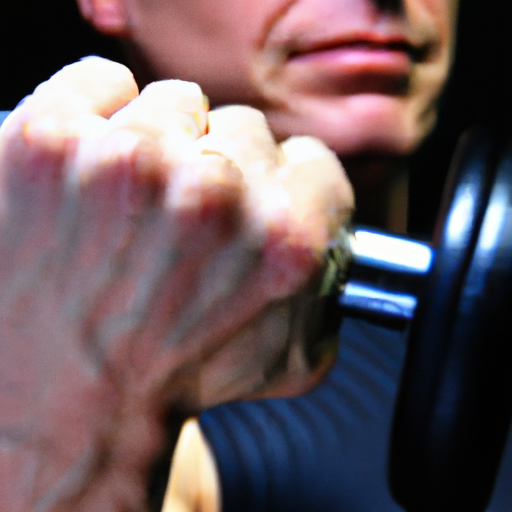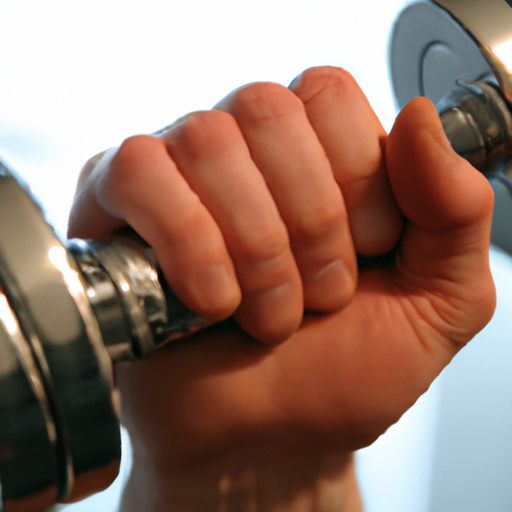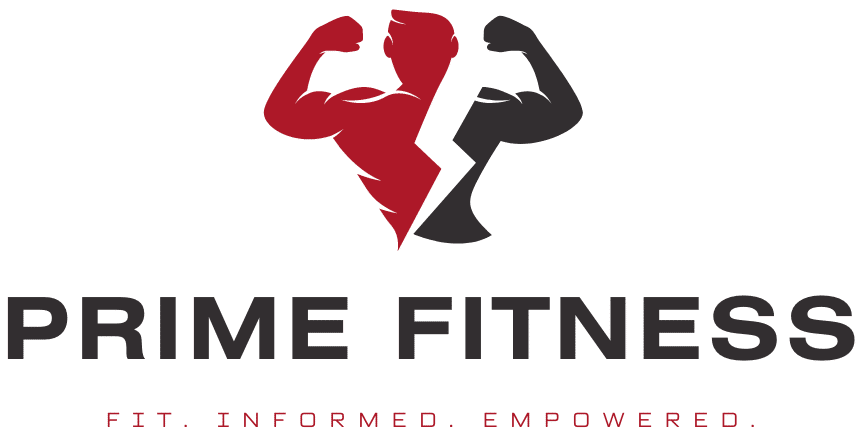In this article, you will learn all about chest workouts and how they can help you build a powerful chest. We will discuss different exercises that target the chest muscles and provide step-by-step instructions on how to perform them correctly. Whether you are a beginner or an experienced gym-goer, you will find valuable tips and techniques to enhance your chest workouts and achieve better results. So get ready to strengthen and sculpt your chest muscles with these effective exercises.

Benefits of a Strong Chest
Improved Upper Body Strength
Having a strong chest contributes significantly to overall upper body strength. The chest muscles, specifically the pectoralis major and pectoralis minor, are responsible for various movements such as pushing, lifting, and throwing. Strengthening these muscles through targeted chest workouts can greatly enhance your ability to perform exercises that require upper body strength, such as bench presses, push-ups, and dips.
Enhanced Posture and Alignment
Another benefit of a strong chest is improved posture and alignment. Weak chest muscles can lead to rounded shoulders and a forward head posture, which can cause discomfort and potential long-term issues. By strengthening the chest muscles, you can help counteract the effects of prolonged sitting and poor posture. As the chest muscles become stronger, they help pull the shoulders back, promoting a more upright and aligned posture.
Increased Overall Athleticism
A strong chest plays a vital role in many athletic activities. Whether you’re an athlete looking to enhance your performance on the field or an individual seeking to improve your overall athleticism, developing a strong chest is essential. From explosive movements in sports like basketball and football to everyday activities like carrying groceries or playing with your children, a powerful chest provides the foundation for generating force and exerting power.
Muscles of the Chest
Anatomy of the Chest Muscles
Before diving into the different exercises, it’s important to understand the anatomy of the chest muscles. The chest muscles consist of the pectoralis major, pectoralis minor, and the serratus anterior. The pectoralis major is the largest and most visible muscle of the chest, while the pectoralis minor lies deeper beneath it. The serratus anterior, located on the sides of the chest, assists in shoulder movements.
Primary and Secondary Chest Muscles
While the pectoralis major is the primary muscle targeted during chest workouts, the triceps and deltoids also play a secondary role in many exercises. The triceps, located on the back of the upper arm, assist in movements such as pushing. The deltoids, or shoulder muscles, are also engaged during chest exercises to stabilize the shoulder joint and help control the movement.
Warm-up and Preparing for a Chest Workout
Importance of Warming Up
Before starting your chest workout, it’s crucial to warm up your muscles to reduce the risk of injury and optimize performance. A warm-up increases blood flow, raises muscle temperature, and improves joint mobility. This can be achieved through light cardiovascular exercises such as jogging, cycling, or jumping jacks.
Dynamic Stretches for Chest
Dynamic stretches help to prepare the muscles for the upcoming workout by increasing flexibility and range of motion. Some dynamic stretches that target the chest muscles include arm circles, chest openers, and cross-body arm swings. Perform these stretches in a controlled and fluid motion to avoid any sudden jerking movements.
Activation Exercises for Chest
Activation exercises specifically target the chest muscles to activate and engage them before the main workout. These exercises help establish a mind-muscle connection and ensure proper muscle recruitment during the workout. Examples of activation exercises for the chest include chest presses with light dumbbells, push-ups with a focus on squeezing the chest muscles, and resistance band chest flies.
Compound Chest Exercises
Bench Press Variations
The bench press is a staple exercise for chest development, targeting the pectoralis major, deltoids, and triceps. There are several variations of the bench press that can target different areas of the chest and challenge your muscles in unique ways. The flat bench press primarily focuses on the middle portion of the chest, while the incline bench press targets the upper chest. The decline bench press emphasizes the lower chest muscles.
Push-Up Variations
Push-ups are a versatile compound exercise that can be modified to target different chest muscles. The standard push-up primarily engages the pectoralis major, deltoids, and triceps. To target the upper chest, perform decline push-ups by elevating your feet on a bench or step. To focus on the lower chest, incorporate incline push-ups by placing your hands on an elevated surface such as a bench or stability ball.
Dips
Dips are an excellent compound exercise that targets the chest, triceps, and shoulders. They can be performed using parallel bars or assisted dip machines. Dips primarily work the lower and middle chest muscles, with the triceps taking on a significant amount of the load. To make dips more challenging, add weight by wearing a dip belt or placing a dumbbell between your feet.

Isolation Chest Exercises
Cable Flyes
Cable flyes are isolation exercises that target the chest muscles, focusing on each side individually. By using cables, you can maintain tension on the chest muscles throughout the entire range of motion. Stand in the center of a cable machine, holding one cable in each hand. Start with your arms outstretched and bring them together in a wide arc in front of your body. Control the movement and squeeze your chest muscles at the peak of the contraction.
Dumbbell Flyes
Dumbbell flyes are another effective isolation exercise for the chest. Lie flat on a bench, holding a dumbbell in each hand with your palms facing each other. Start with your arms extended overhead and slowly lower them out to the sides to create a wide arc. Be cautious not to lower the dumbbells too far down to avoid straining your shoulders. Focus on engaging your chest muscles and feeling the stretch in your pecs before returning to the starting position.
Pec Deck Machine
The pec deck machine is a popular isolation exercise that targets the chest muscles while providing added stability. Sit in the pec deck machine with your back against the pad and your elbows bent at a 90-degree angle. Place your forearms against the pads provided and push the pads together in front of your chest. Slowly return to the starting position, maintaining control throughout the movement.
Proper Form and Technique
Maintaining a Stable Base
Regardless of the exercise, maintaining a stable base is crucial to maximize chest engagement and prevent injury. Ensure that your feet are firmly planted on the ground or properly supported, depending on the exercise. Keep your core engaged and your back flat against the bench or pad. This stability will allow you to generate more force from your chest muscles and maintain proper form throughout the exercise.
Range of Motion
Proper range of motion is essential for targeting the chest muscles effectively. During exercises like bench presses and push-ups, lower the weight or your body until you feel a stretch in your chest muscles. Avoid going too deep in the range of motion, as this can strain your joints and increase the risk of injury. Find the range of motion that allows you to maintain control and a strong contraction in your chest muscles.
Breathing Technique
Incorporating proper breathing techniques can significantly enhance chest activation and overall performance during workouts. During the eccentric phase of an exercise (lowering the weight or your body), inhale deeply. As you push or lift the weight, exhale forcefully to engage your core and stabilize your body. This breathing pattern helps maintain proper form and allows for efficient oxygen flow during the exercise.

Sample Chest Workout Routine
Exercise 1: Barbell Bench Press
- Lie flat on a bench, gripping the barbell slightly wider than shoulder-width apart.
- Lower the barbell to your mid-chest, keeping your elbows at a 45-degree angle.
- Push the barbell back up to the starting position, fully extending your arms.
- Aim for 3-4 sets of 8-12 repetitions, gradually increasing the weight as you progress.
Exercise 2: Incline Dumbbell Press
- Set an adjustable bench to a 45-degree incline.
- Hold a dumbbell in each hand, palms facing forward, and arms extended overhead.
- Lower the dumbbells out to the sides in a wide arc, feeling the stretch in your chest.
- Push the dumbbells back up to the starting position, squeezing your chest muscles.
- Complete 3-4 sets of 8-12 repetitions, gradually increasing the weight as you become stronger.
Exercise 3: Cable Flyes
- Stand in the center of a cable machine, holding one cable in each hand.
- Start with your arms outstretched and bring them together in a wide arc in front of your body.
- Squeeze your chest muscles at the peak of the contraction before returning to the starting position.
- Perform 3-4 sets of 10-15 repetitions, focusing on a controlled and deliberate movement.
Progressive Overload and Variations
Increasing Weight and Intensity
To continually progress and build a powerful chest, it’s important to incorporate progressive overload into your workouts. This means gradually increasing the weight or intensity of your exercises over time. Start with a weight that challenges you within the desired rep range and gradually increase the weight as you become stronger. This progression stimulates muscle growth and ensures that your muscles are consistently challenged.
Changing Angles and Grips
Varying the angles and grips during your chest workouts helps target different areas of the chest muscles and adds variety to your training routine. For example, incline exercises emphasize the upper chest, while decline exercises target the lower chest. Additionally, incorporating different grips, such as wide grip or close grip, can further engage specific areas of the chest, providing a well-rounded chest workout.
Supersets and Drop Sets
Supersets and drop sets are effective techniques to increase the intensity of your chest workouts. Supersets involve performing two exercises consecutively without resting in between. This increases the overall volume and intensity of your workout. Drop sets involve performing a set with a heavier weight until failure, then immediately reducing the weight and continuing the set. These techniques help to push your muscles to their limits and stimulate further growth.

Common Mistakes to Avoid
Overtraining the Chest
While it’s important to prioritize chest workouts to develop a strong and powerful chest, overtraining can hinder your progress. Give your chest muscles sufficient time to rest and recover between workouts to avoid overuse injuries and allow for proper muscle growth. Aim to train your chest muscles 1-2 times a week, depending on your overall training program and recovery abilities.
Using Excessive Momentum
Using excessive momentum during chest exercises takes the focus away from the chest muscles and places strain on other joints and muscles. Avoid bouncing the barbell or dumbbells off your chest during bench presses or using a swinging motion during push-ups. Maintaining control throughout the movement ensures proper muscle engagement and maximizes the benefits of each exercise.
Neglecting Proper Rest and Recovery
Rest and recovery are essential components of any workout routine. Your chest muscles need time to repair and grow stronger after intense workouts. Allow for at least 48 hours of rest between chest workouts to optimize your progress. During rest days, focus on other muscle groups or incorporate lighter cardio exercises to maintain overall fitness.
Conclusion
Regularly incorporating these exercises and techniques into your chest workouts will help you develop a powerful and well-defined chest. Remember to prioritize proper form, gradually increase the intensity, and allow for sufficient recovery to maximize your chest strength and aesthetics. With consistency and dedication, you can master chest workouts and achieve a powerful and impressive chest. Keep challenging your limits, and enjoy the results of your hard work!






